Microsoft BitLocker encryption key got hacked via cheap FGPA
2 min. read
Published on
Read our disclosure page to find out how can you help Windows Report sustain the editorial team. Read more
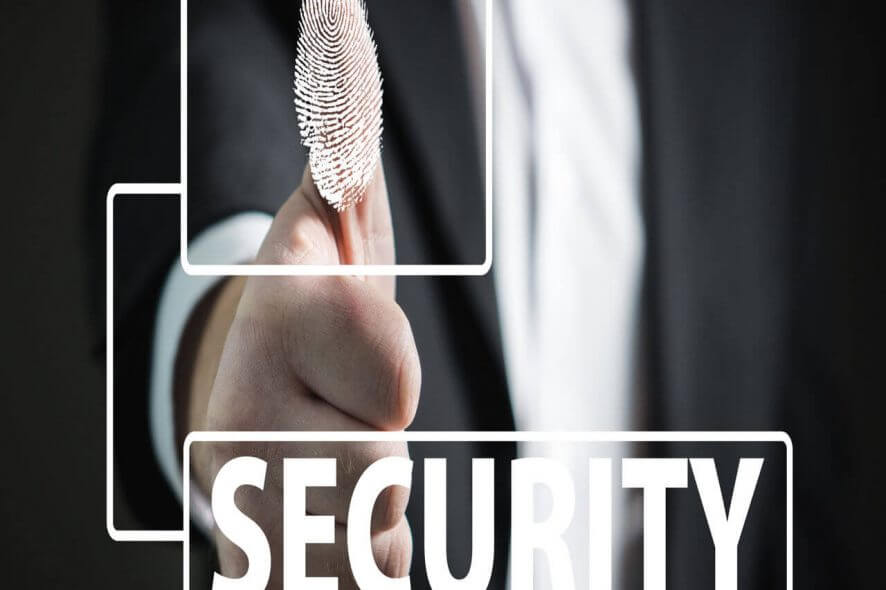
Security researchers identified a new vulnerability in Bitlocker as they attempted to use the tool in its basic and least intrusive configuration.
BitLocker is basically a full volume encryption system that allows users to encrypt even entire volumes for the protection of data. The tool leverages AES encryption algorithm in XTS mode (128-bit or 256-bit key) or AES encryption algorithm in cipher block chaining (CBC).
It has been an integral part of each and every version of Windows starting from Vista. As a quick reminder, users of Windows 10 systems with a TPM 1.2 or 2.0 chip are required to upgrade and run on a Pro, Enterprise or Education versions.
Researcher unlocked a Surface Pro 3 and HP laptop
Researchers have been targeting this highly popular Windows encryption platform to demonstrate its flaws.
One of the latest attempts includes a novel technique published last week by an employee of Pulse Security Denis Andzakovic.
The idea has been explained as:
You can sniff BitLocker keys in the default config, from either a TPM1.2 or TPM2.0 device, using a dirt cheap FPGA (~$40NZD) and now publicly available code, or with a sufficiently fancy logic analyzer. After sniffing, you can decrypt the drive.
The idea behind this is that if the laptop is stolen, and the attacker does not know your login password, they cannot pull the drive and read the contents.
However, the Redmond giant already mentioned that users should use any type of additional security measures including PIN while using this technology.
How to stay protected?
The researchers suggest staying protected by following two protection measures. The easiest one is to avoid using BitLocker with TPMs in this default state.
Secondly, you can also follow these simple steps:
- Configure a USB flash drive containing a startup key
- Set up PIN access
Notably, you can use both at the same time by adding multifactor authentication.
RELATED ARTICLES YOU NEED TO CHECK OUT:
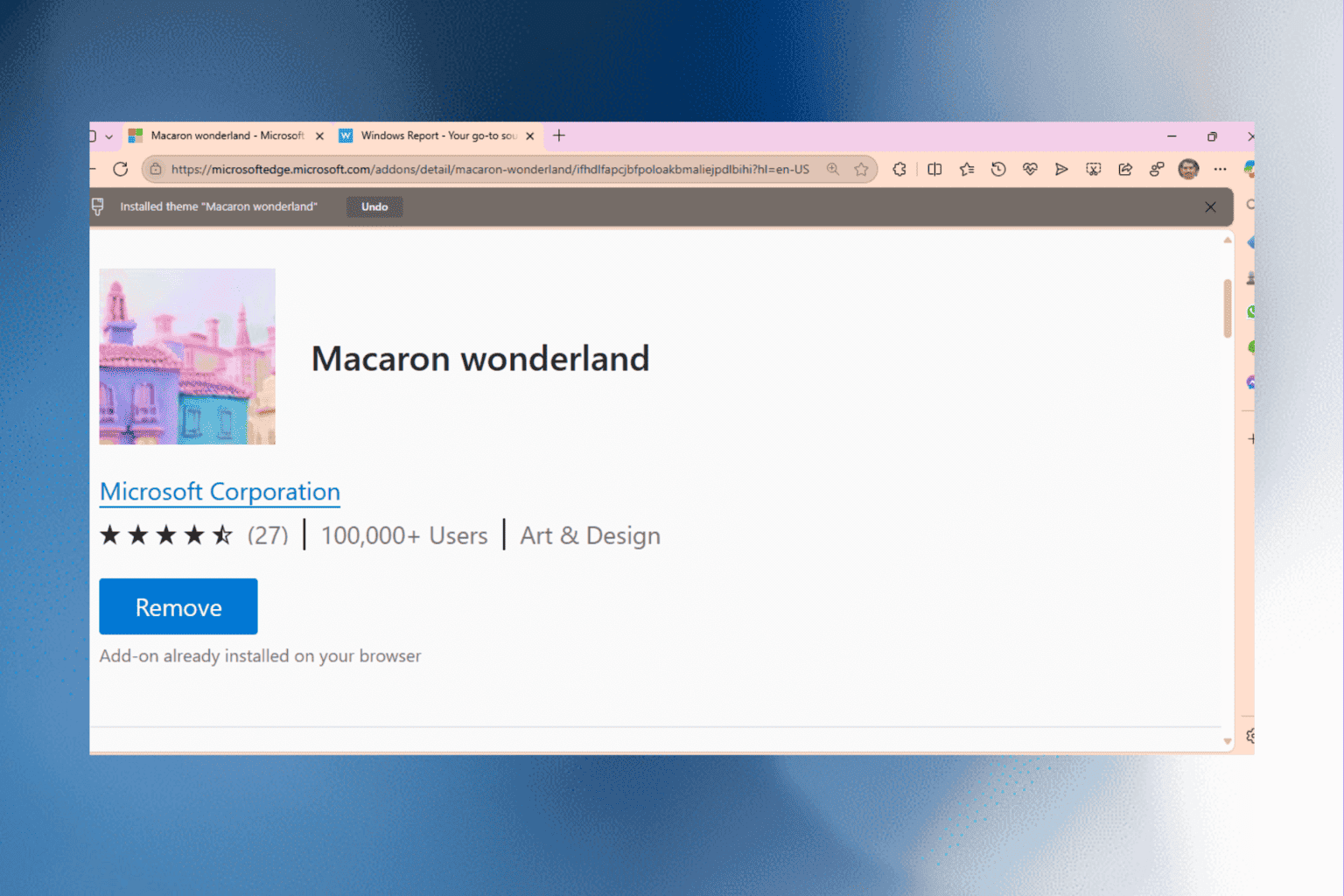


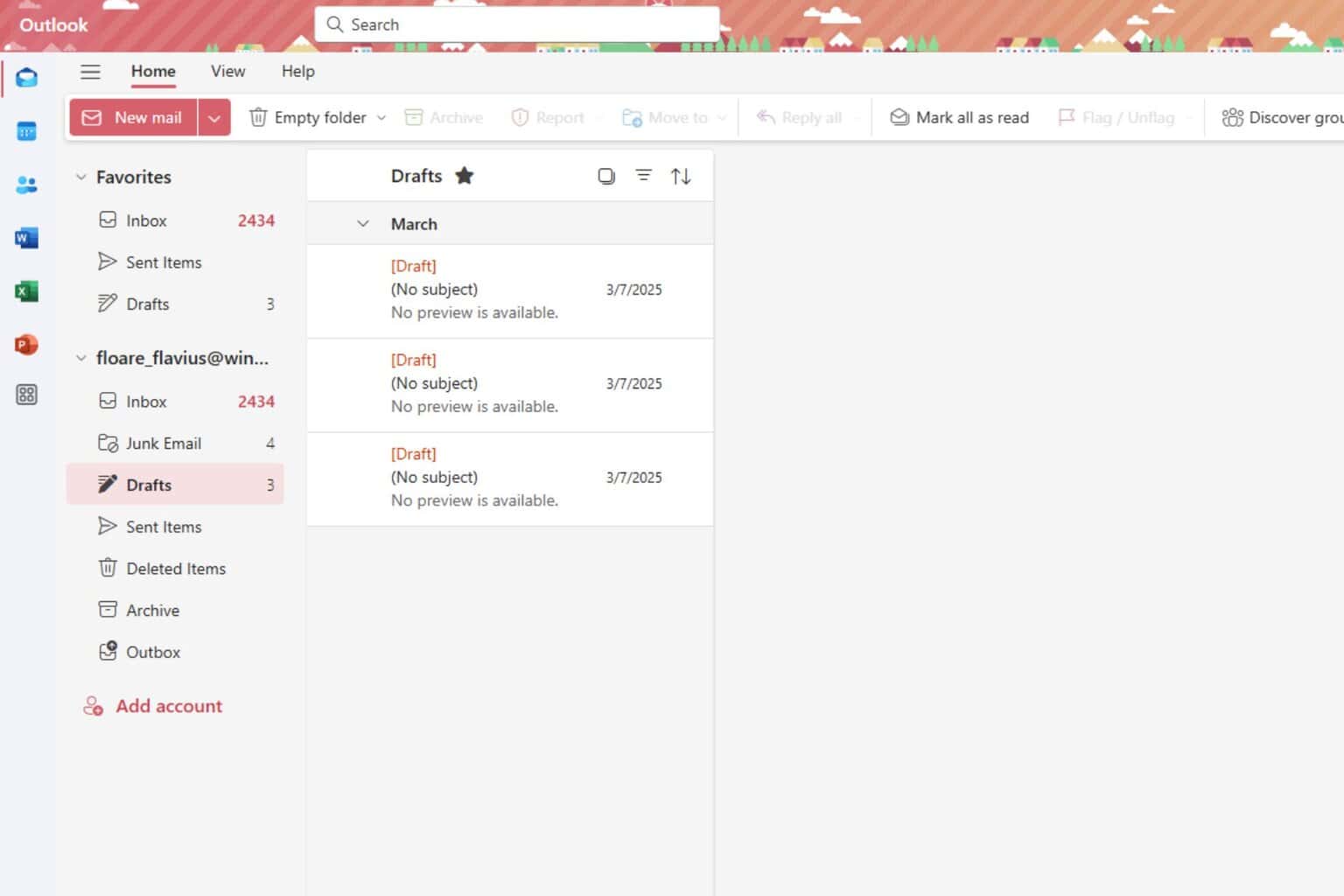
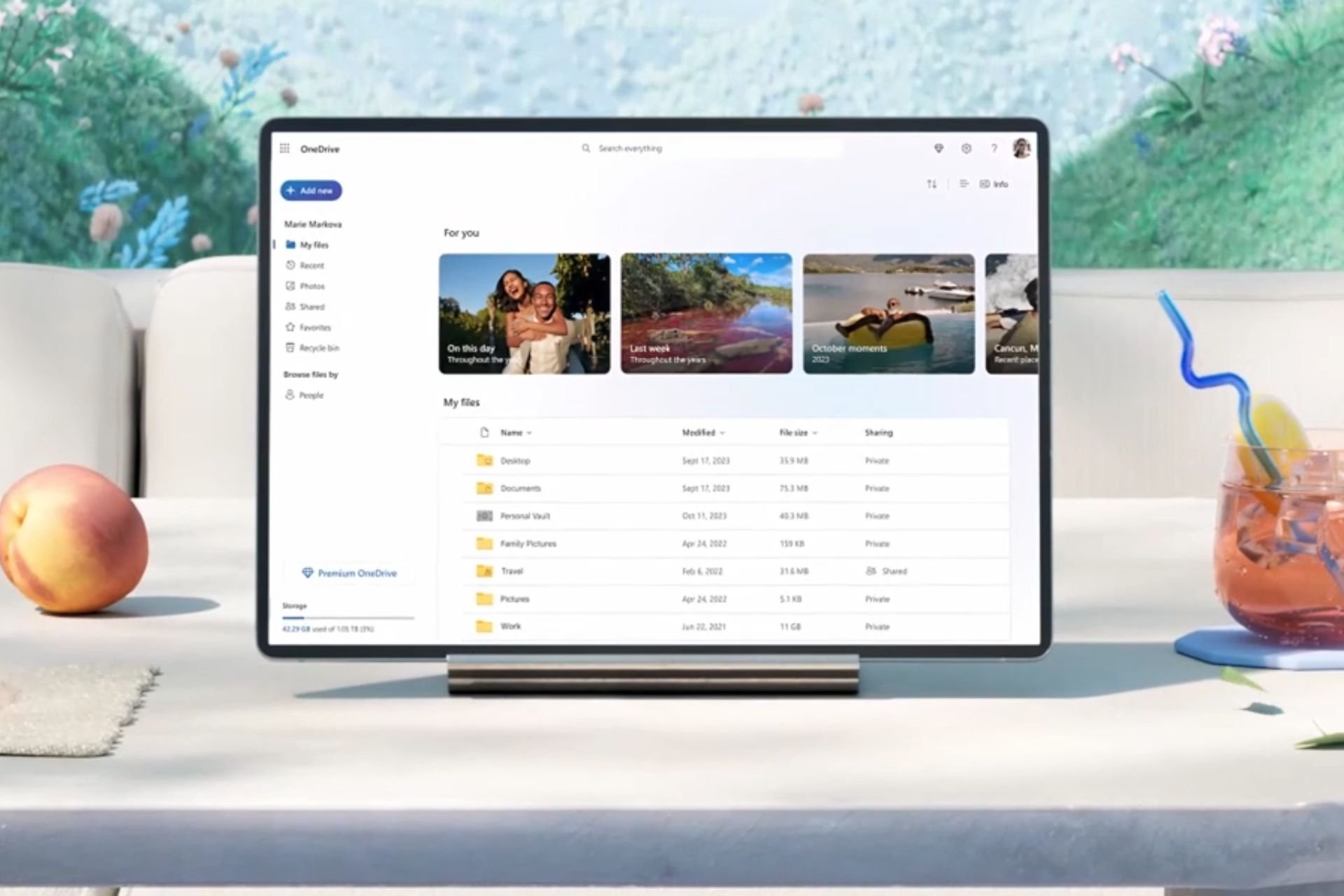

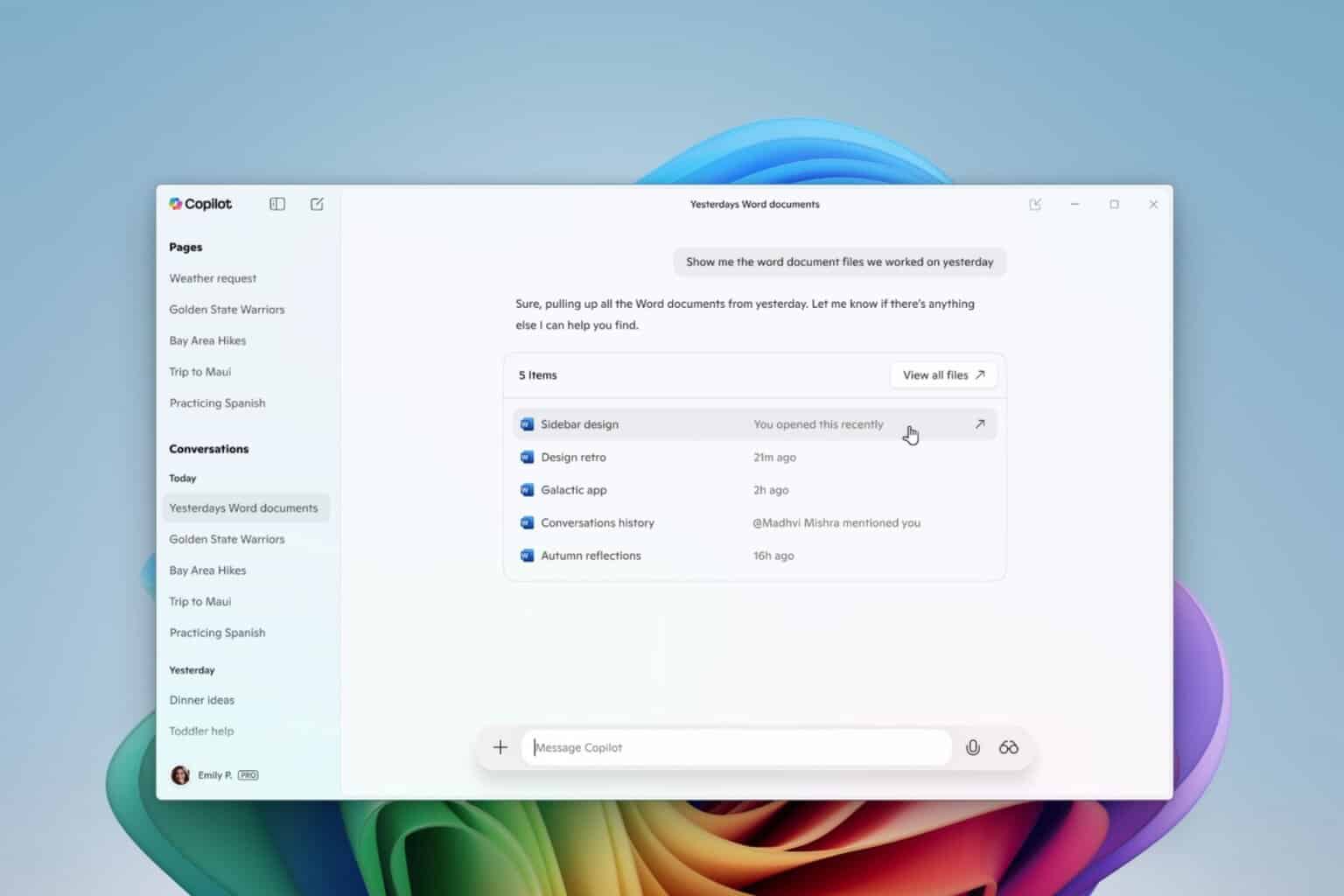

User forum
0 messages